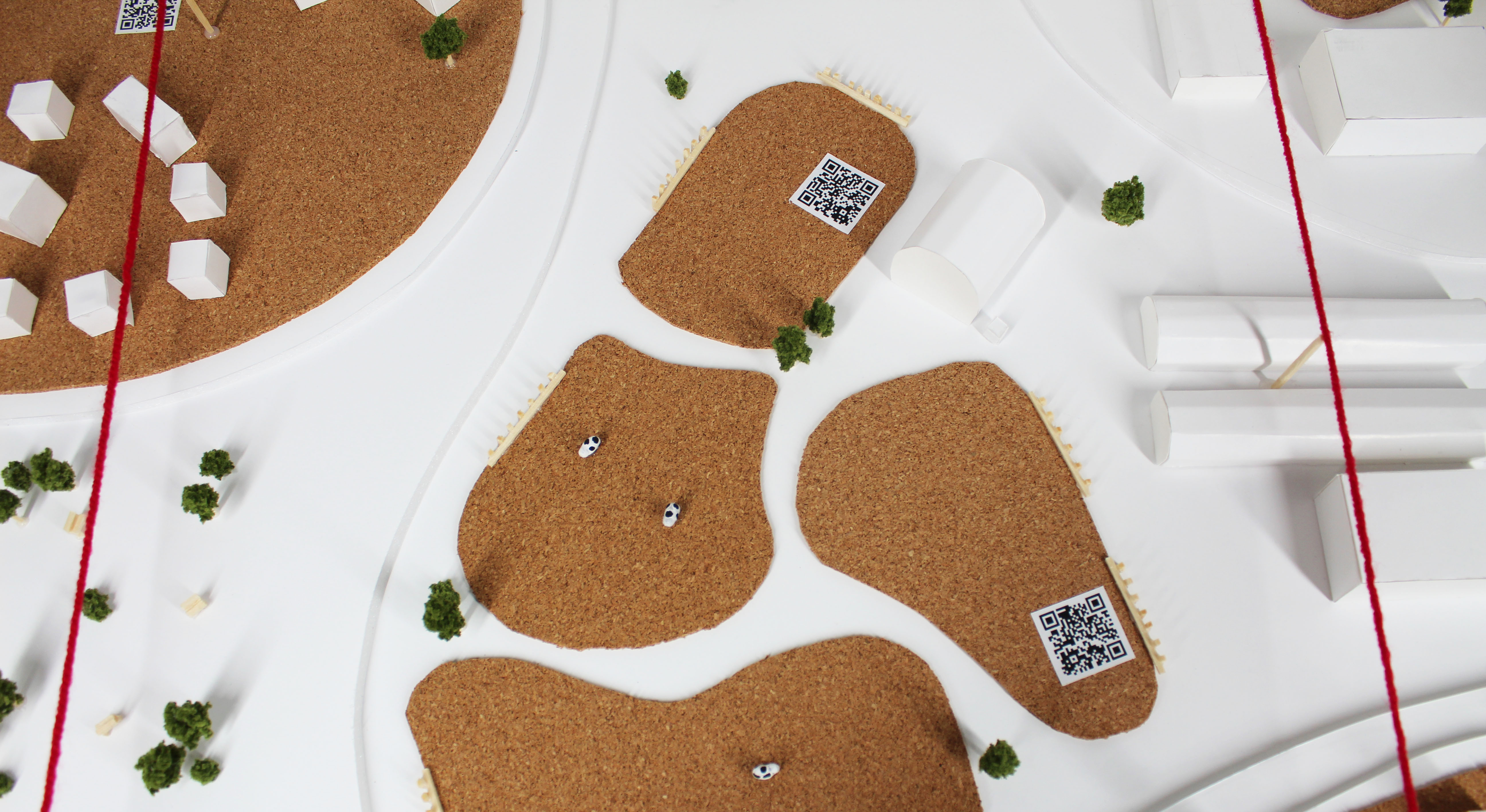

Using visual systems, imagine a speculative future society out of the current economic growth paradigm.
Danielle Julien, Holly Watts + Devon Collins.
Agriculture is estimated to have been the source of 47% of the UK’s methane emissions in 2019, but our project looks to Cow’s for the solution. In a future with no fossil fuels, we want to use the by-product from cows in a positive way. Imagine a world where you drive a car, wear clothes and heat your home using cow manure. By using waste products we can create a circular economy, which decreases waste and increases our sustainability.
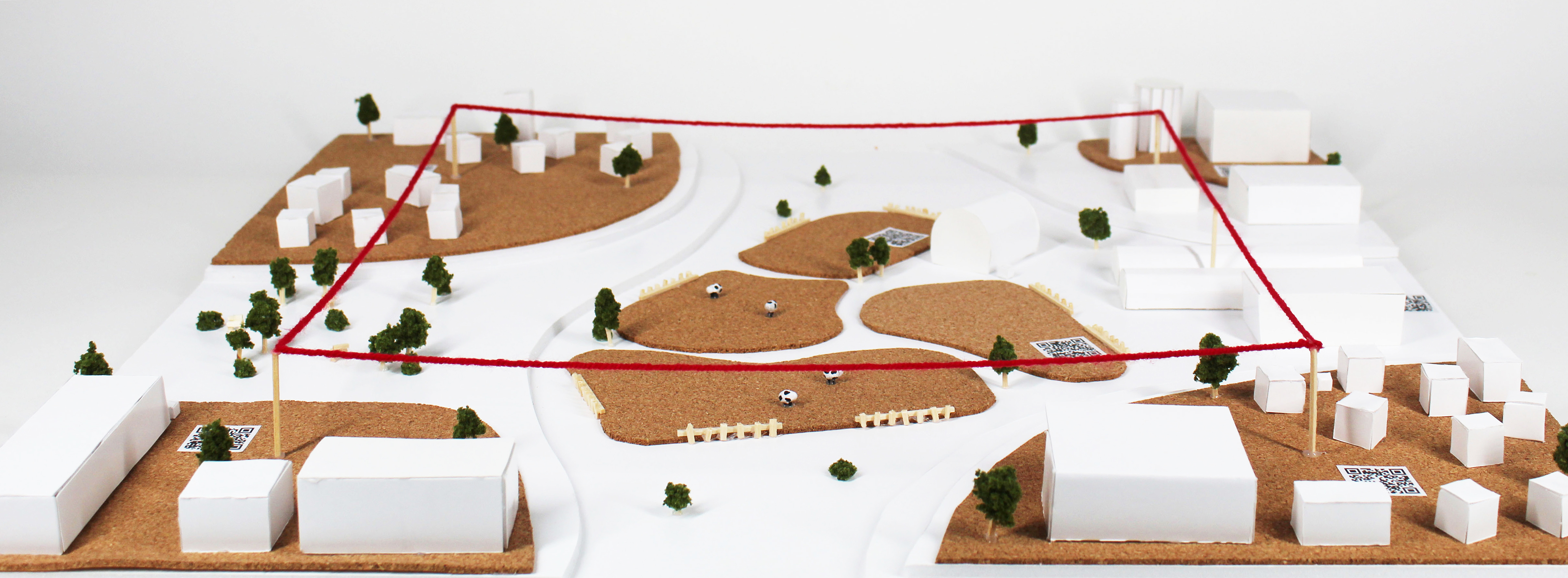
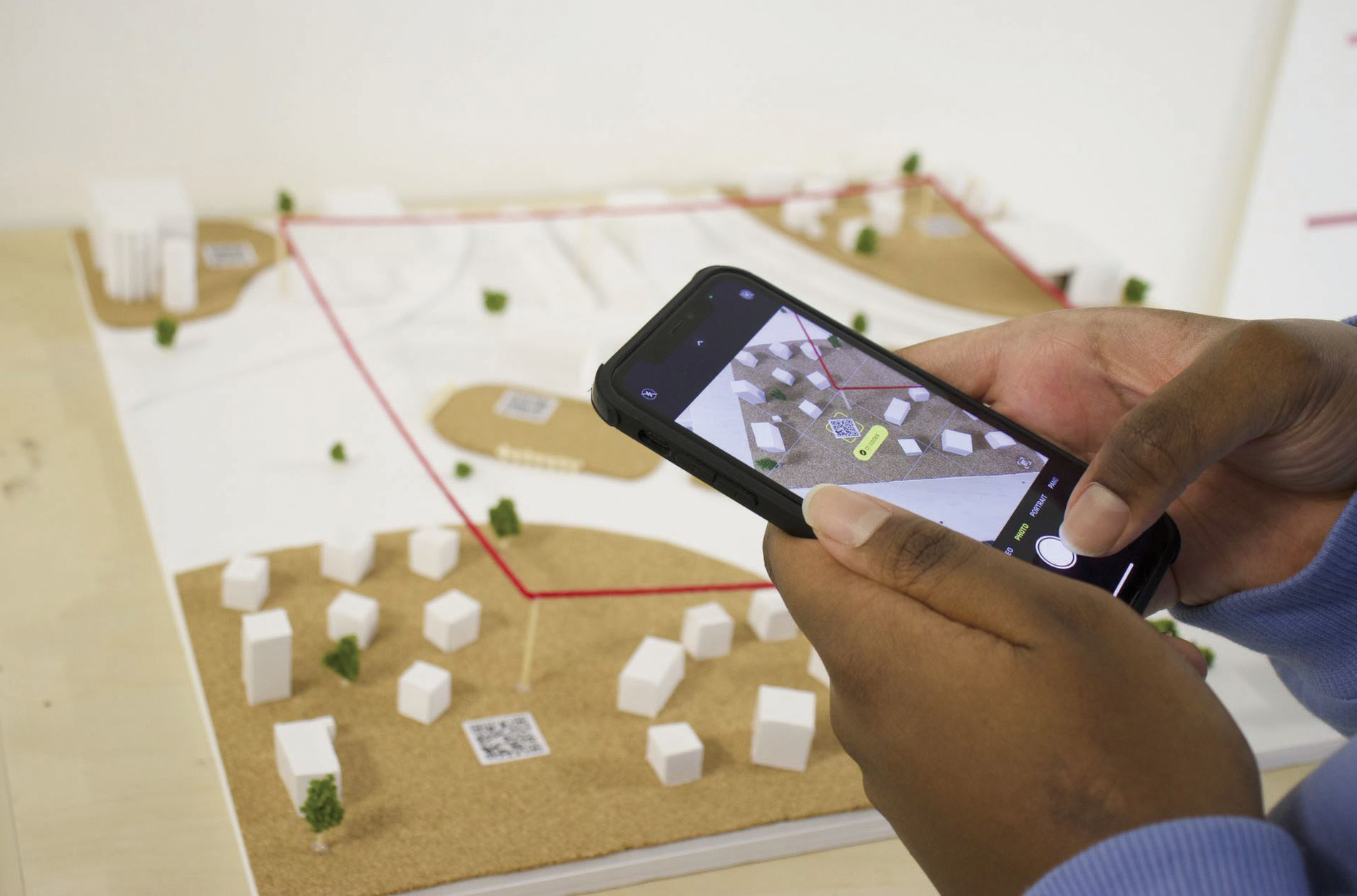

In the studio, we used the Toolkit game to begin investigating our item of cow’s milk. After beginning to understand what needs to change we visualised our imaginary, which shows a methane collection dome, an entire ecosystem where the cows live undisturbed but their methane is turned into energy.
The book Radical Matter was a key insight for our research as we learnt about the company Mestic, who turn animal manure into bioplastic, biotextiles and paper. Our main insight, however, was the excess manure could be collected and stored in special conditions where the methane it excretes is used as a sustainable energy source.
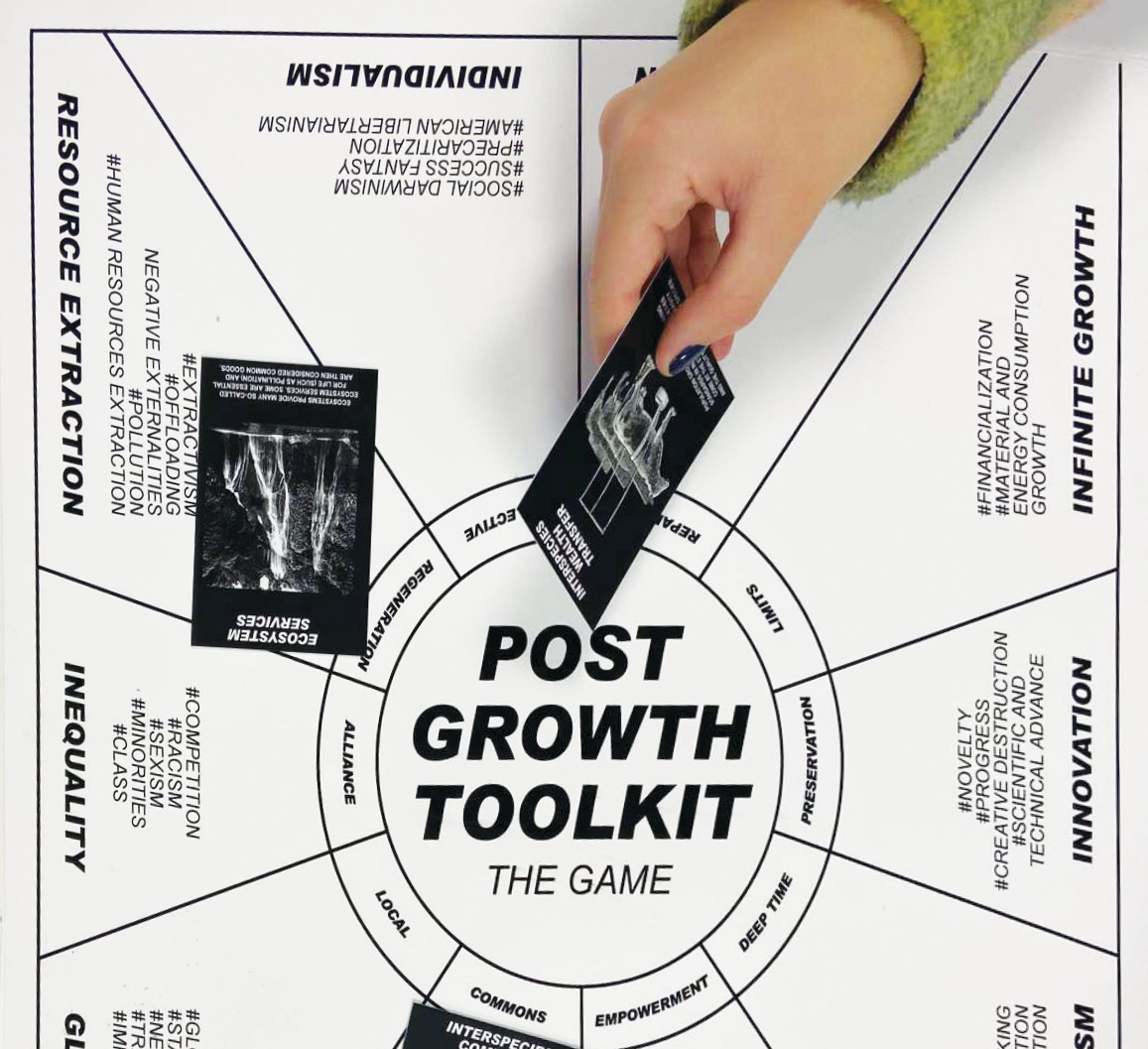


We came up with 3 ideas as a group, the first being a closed system in the home that reuses the waste. We imagined the kitchen of the future using scrap food to power appliances and a greater focus on personal sustainability.
Our second idea was to generate new materials from waste products. Inspired by Mestic, we thought what if we made new materials that were kinder to the planet in production and left no waste behind?
Our third idea was for the dairy farms to generate their own energy with a focus on cow welfare again. A self-sufficient farm would use manure for energy, which considerably reduces methane emissions. We also imagine a future where people respect cows as animals, and not milking machines, therefore reducing demand and allowing for reduced breeding.
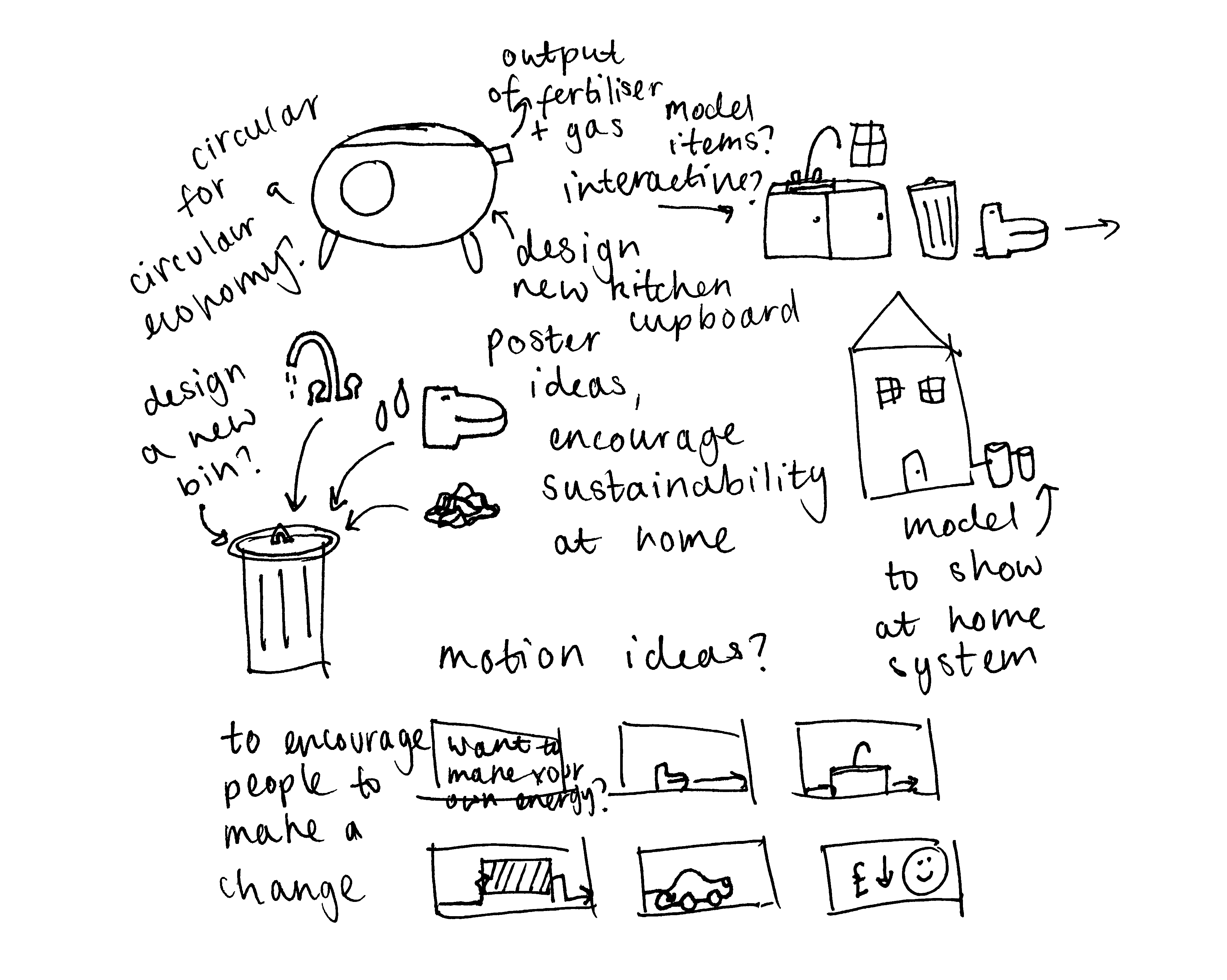


We realised that the three ideas could work together in a future societal setting, so we visualised how they link together. The system uses the three by-products from cows in a circular economy, resulting in little waste and improved sustainability.
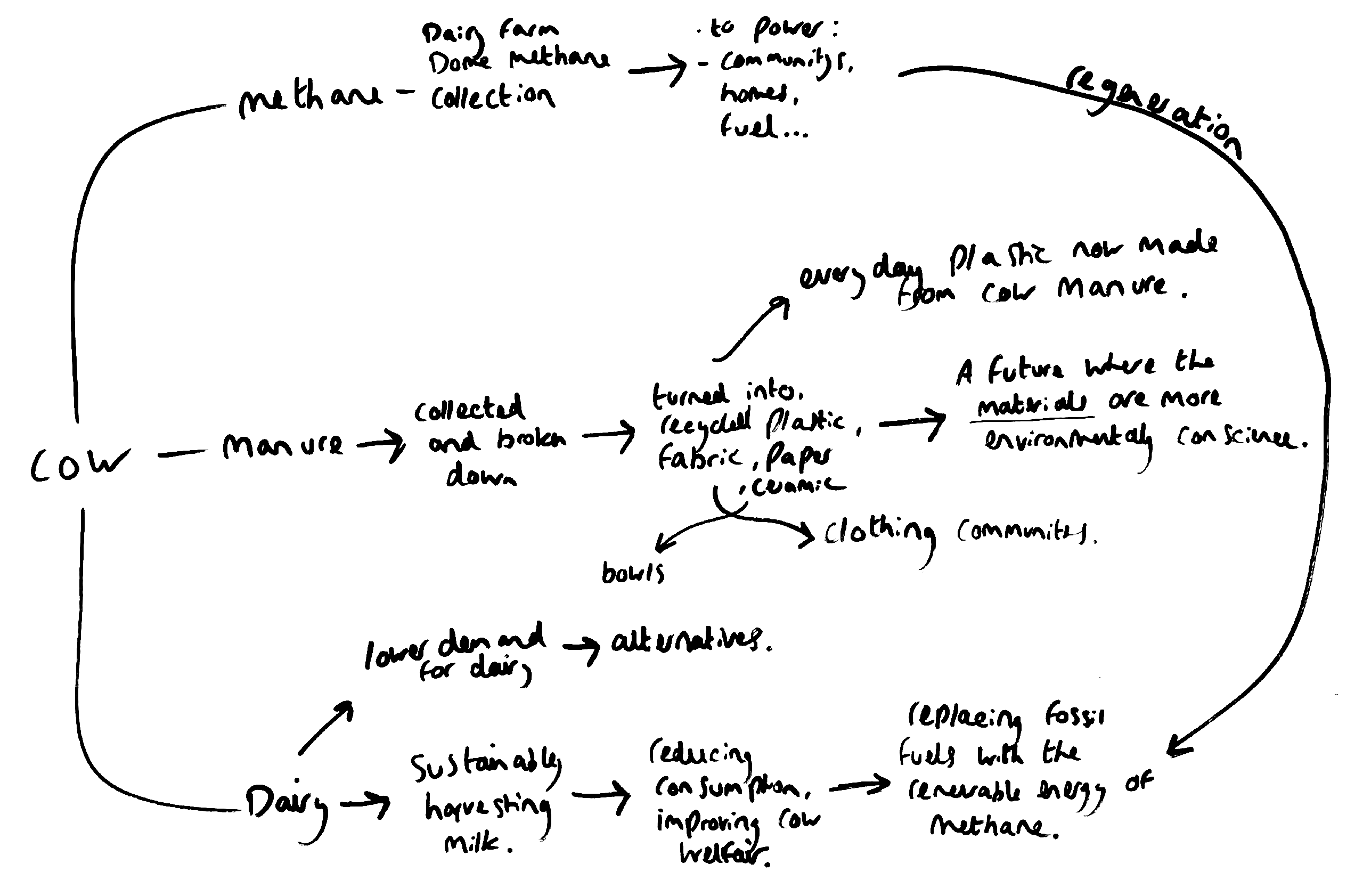
We developed our initial system design by imagining it as a physical village and then mocked it up in 3D to plan where each area would go and how they would work together in a circular economy.
From a workshop on physical prototyping, we explored how we could use technology to create an interactive design. This was important in helping us consider user interaction and lead us to develop the idea of a 3D model with QR codes.
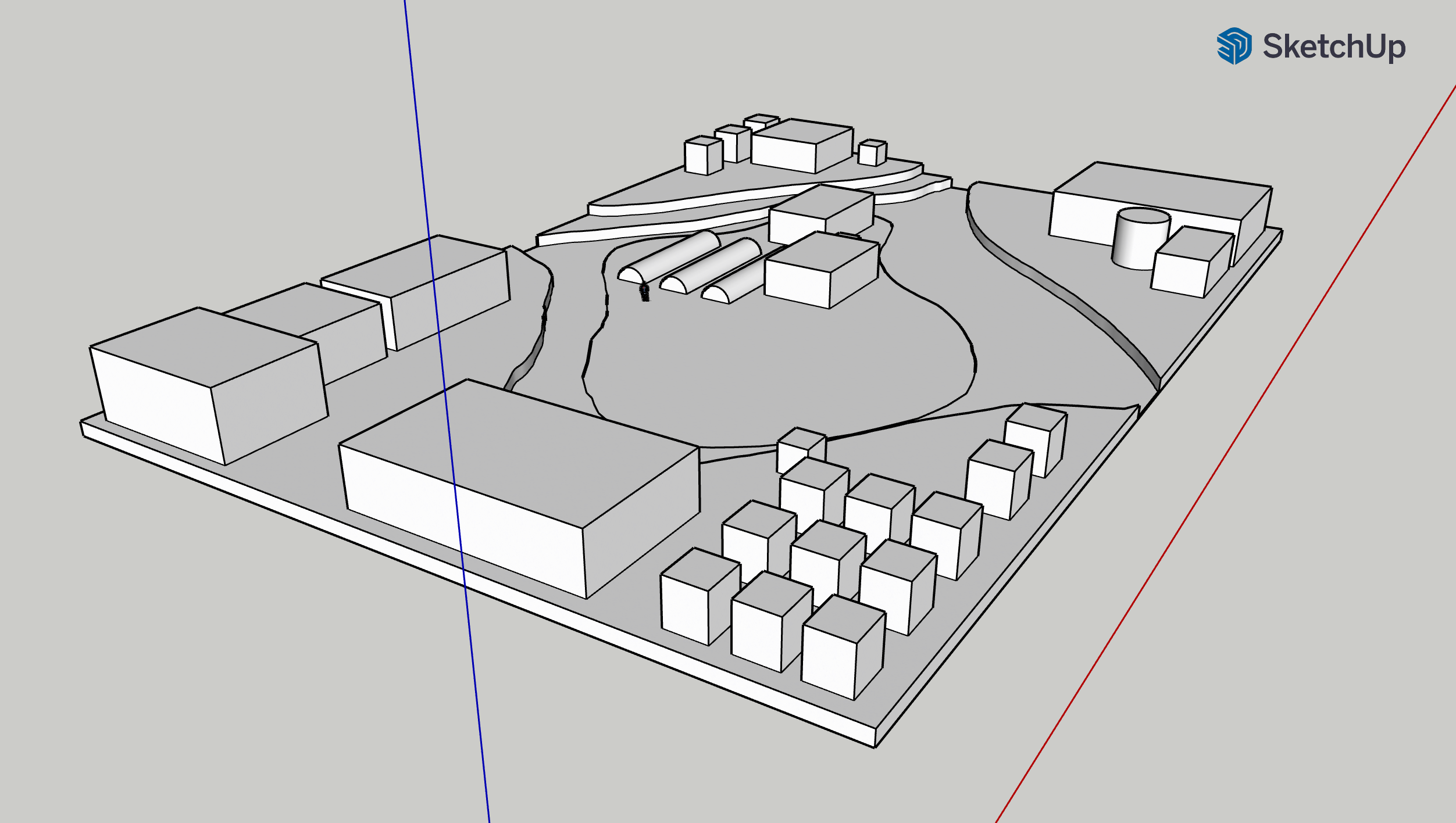

After attending a wayfinding talk, I was inspired to see how we could integrate it into our model. We visualised how it would look and decided on a square design with highlighted areas to aid the user in understanding where in the circular system they are.

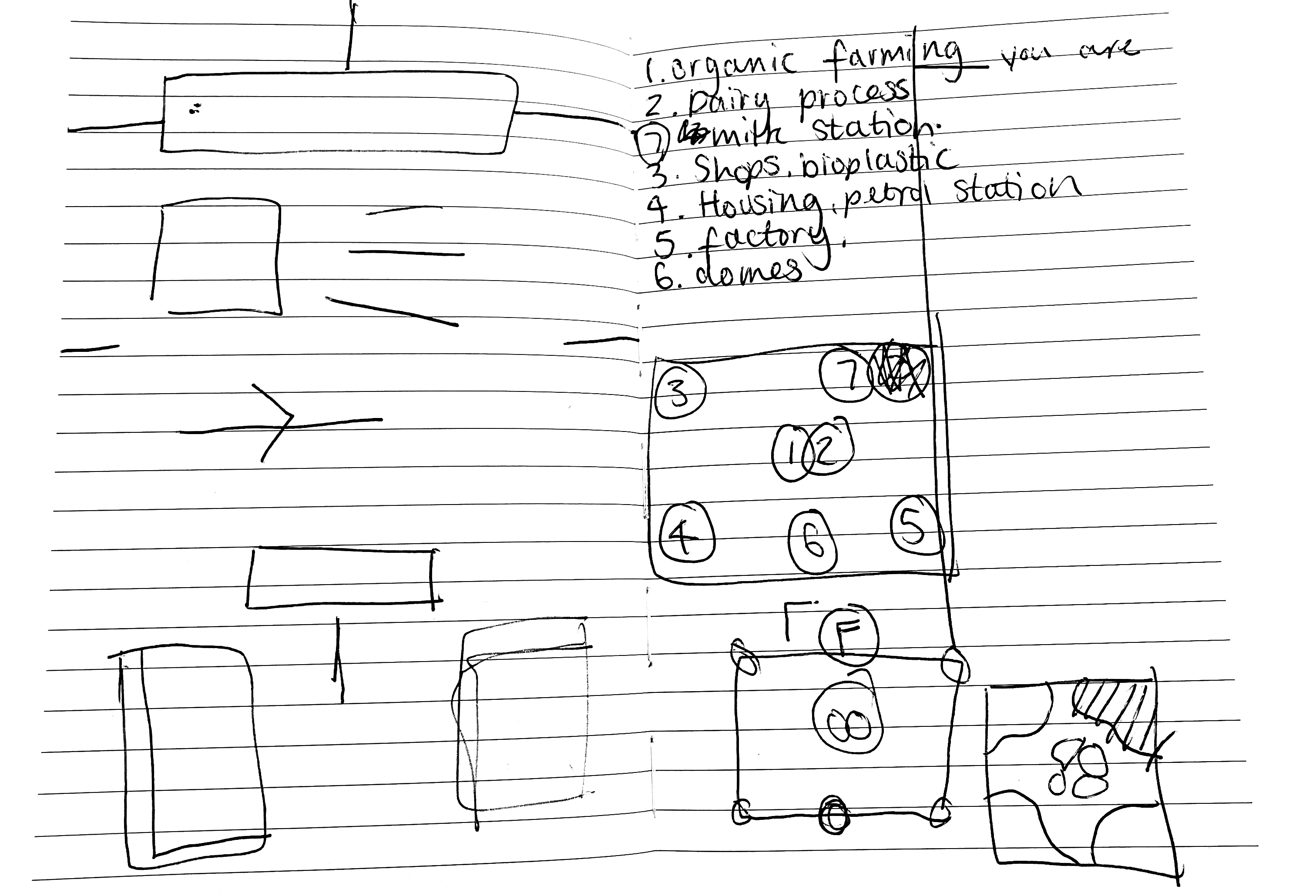
We started constructing the model using materials that would give us the finish we desired but also had a minimal environmental impact.
We used corkboard to highlight the different areas on the model, and foam board to construct the land and architecture. I attended a 3D printing workshop which unfortunately happened too late in the project, but I was able to print one of our house buildings and check the scale.


In our final imaginary, the by-product of cow manure will replace current energy sources and product materials. In a post-growth society, this idea would bring considerable benefit to people, animals and the environment. Maybe one day we can live solely off cows and their amazing by-products, in an imaginary where it has all gone to shit.



From the beginning, this project helped me develop my understanding of visual systems and the important role they can play in idea generation through to final ideas, by helping you think critically.
I enjoy making with physical materials so I enjoyed the chance to use and develop these skills which I think lead to a higher quality outcome. I think our model is an effective method of displaying our findings and helping the user visualise how it could work on a real-life scale. At our pop-up exhibition, we received positive comments and our peers appreciated the interactivity of scanning the QR codes.
Our group worked well together and I was pleased with this as we’ve never worked together before. The main reason for this was due to us wanting to put in the time and effort, we spent lots of time together in the studio or on video calls which helped to develop our crazy ideas initially and then progressed our ideas to interesting places.
I made a book to go alongside the model, which documents the process of the project in greater detail.
A workshop on flatplans taught me the importance of planning your content and how it’s a tool to save you time and effort. I started with a paper flat plan to get the skeleton of my content before I progressed to a digital flat plan so I could include my imagery and more easily vary the pace.


Taking inspiration from our square model, I tested the size and potential grid options for a square book before deciding 210 x 210 mm would be my ideal. I looked at existing books to compare their use of the grid and decided I wanted a 6 column grid to facilitate a short line length and variety of image sizes.

When choosing what paper to print my book on, I wanted to keep sustainability at the forefront of my mind so I was keen to make my own paper. I had hoped to use cow manure to create my paper but couldn’t source any, instead, I used old paper and foliage such as grass and leaves. I like the link between the handmade paper and the title of my book ‘transform’, the idea that I’m transforming waste into a valuable resource. Due to the size of the mesh screen it wasn’t possible to make a cover, so I scanned the paper to create the effect.

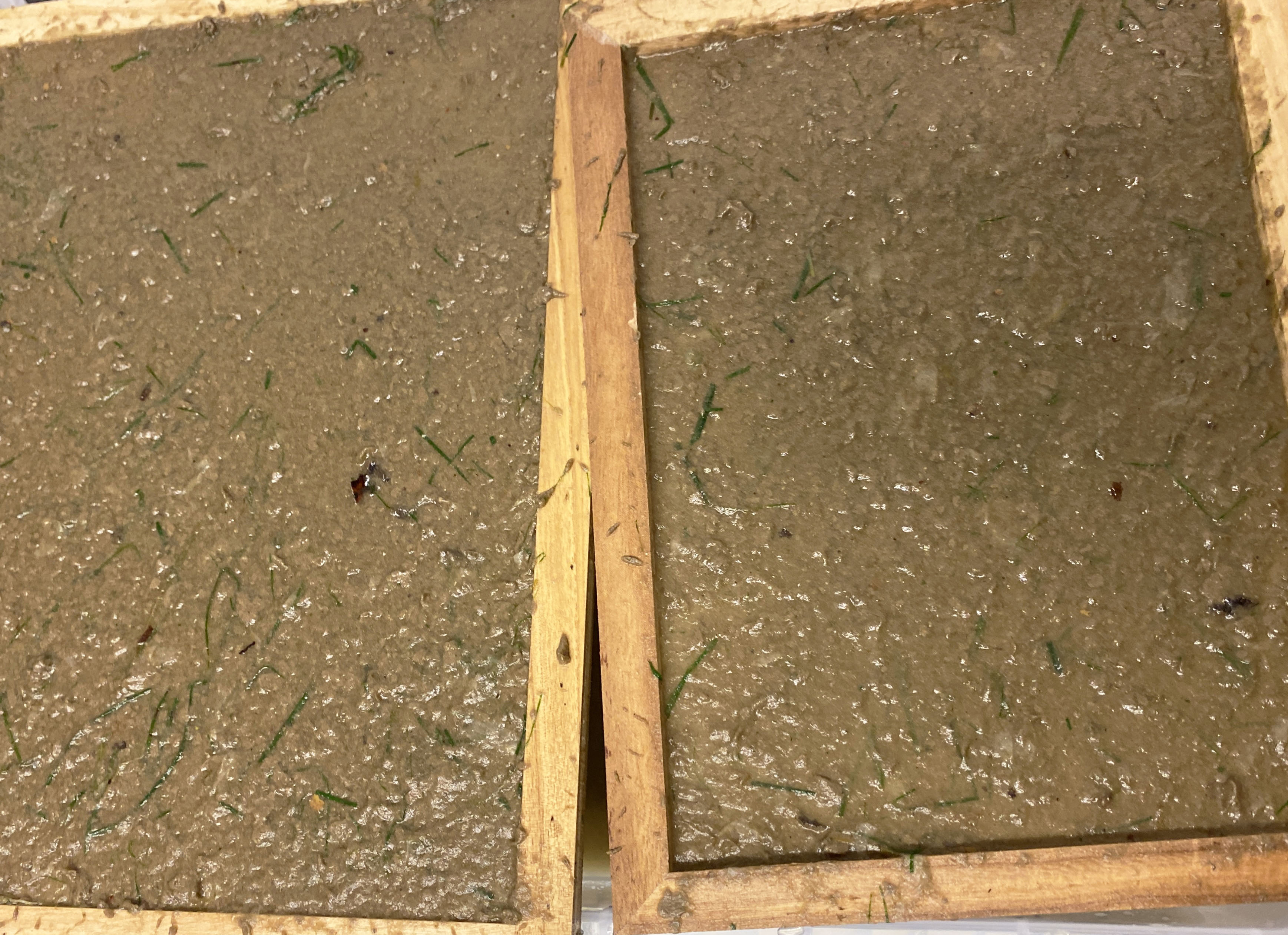

I printed test pages before perfect binding my book myself. My final book has 92 pages with a cohesive visual system and I’m pleased with the outcome.
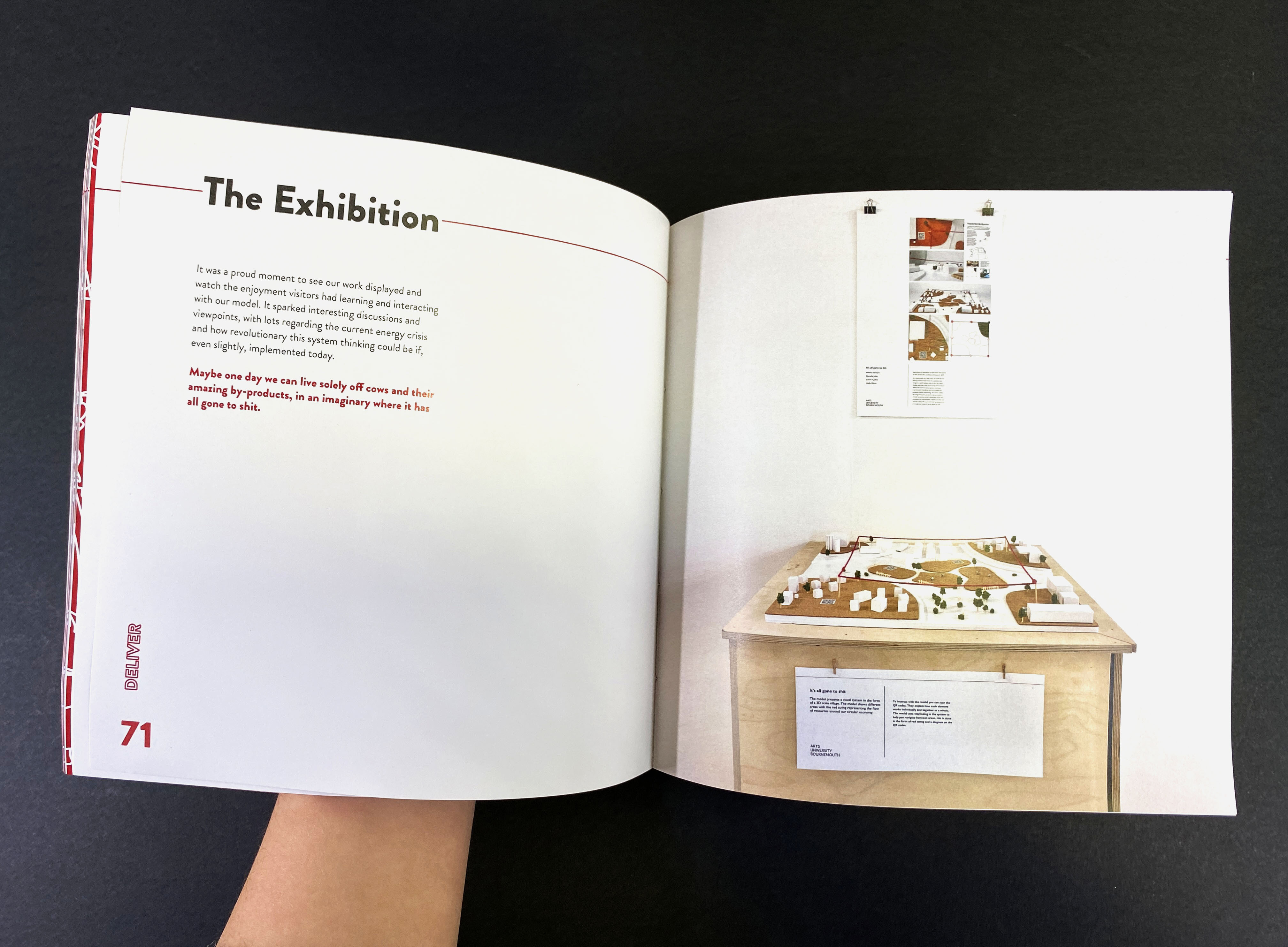
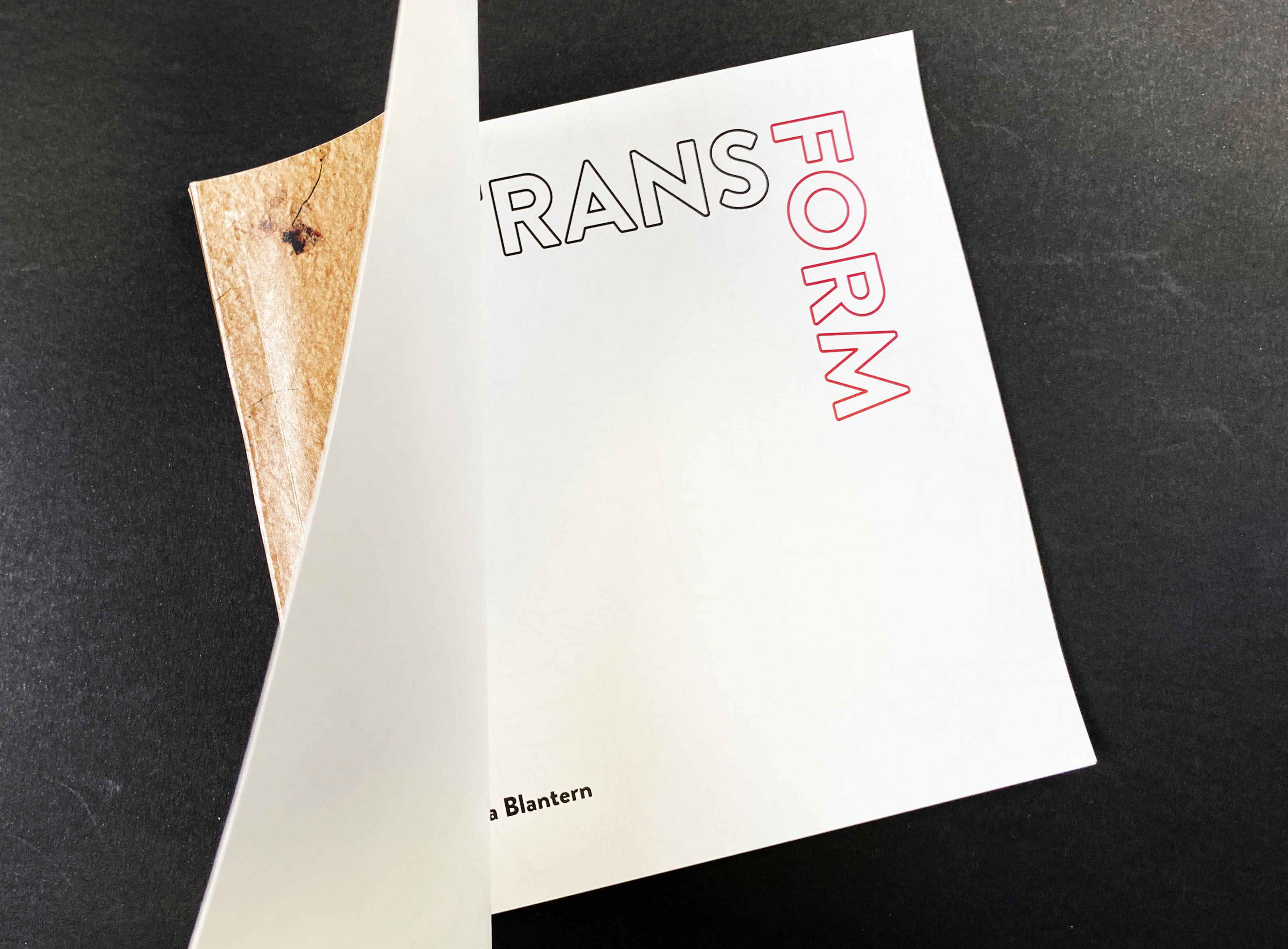
The most powerful learning moment when designing my process book was setting up the document correctly. The process of choosing a correct grid was a learning curve but I now understand its use to create a visual system in my book. My knowledge of InDesign has grown as a result of this, so next time I can efficiently set up an appropriate grid, to produce the best book in the given time.
I think my consistent use of the font Brandon Grotesque but in different styles creates a simple but aesthetic system. By simply varying the colour or adding an outline I could create a larger font family for different purposes in my book. I also used colour to mark significant sections in my book, for example, the chapter pages are always red, which aids navigation for the reader.
An element of book design I didn’t think about before this project is the creation of a theme to aid the system. I took my inspiration from our Post Growth Imaginary by titling my book transform. The theme of sustainability runs throughout the project and I learnt to make my own paper as part of this.
Top